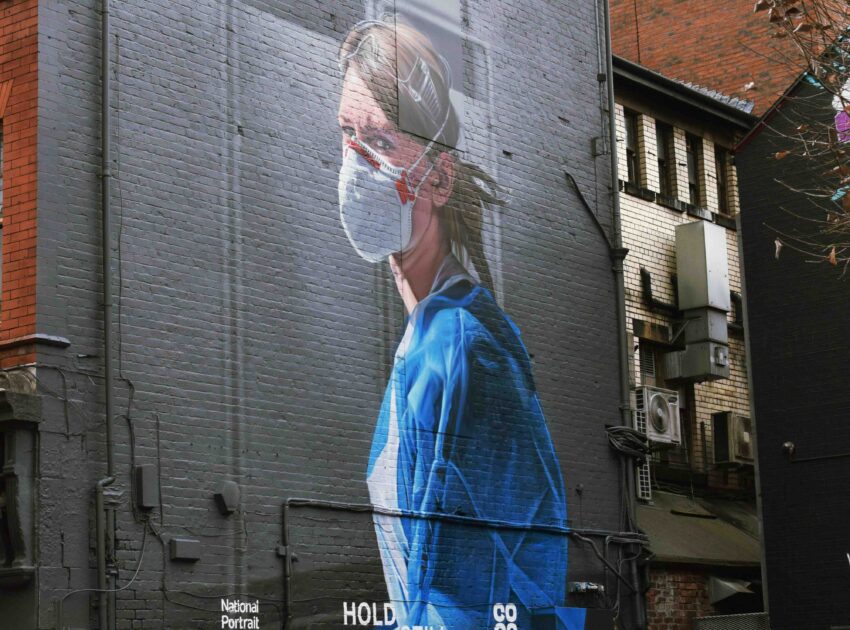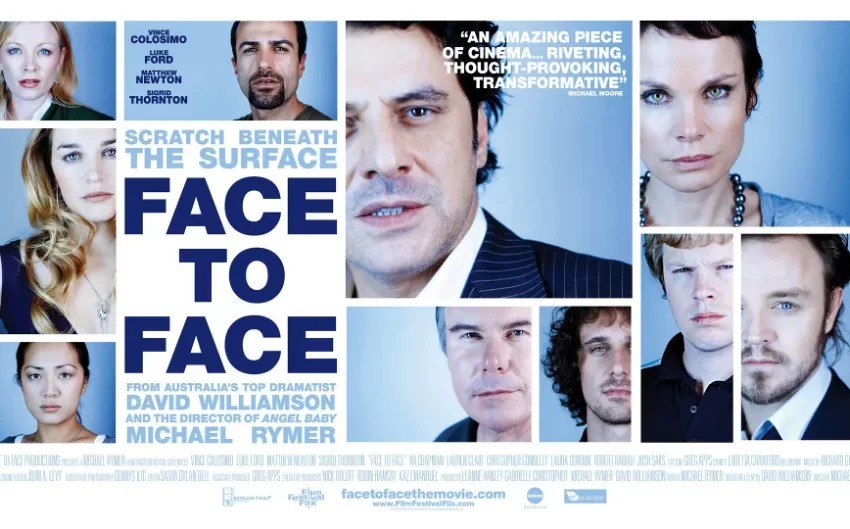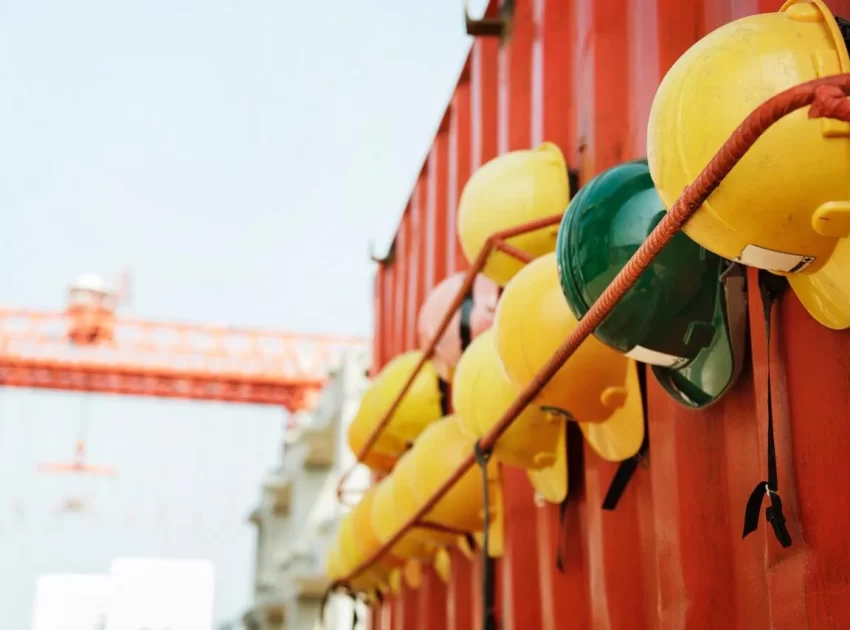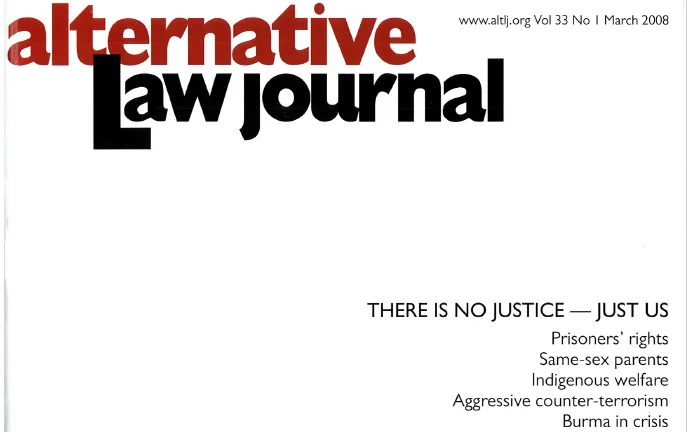Your Biggest Risk Isn't on the Scaffold. It's on the Sidelines.

On any construction site, a miscalculation or a moment of poor communication can grind a project to a halt. The old-school response is a “blame game”. Find the person responsible and make an example of them. But that punitive culture doesn’t fix the problem; it just drives it underground. It ensures you won’t hear about the next near-miss until it’s a full-blown incident.
This fear of speaking up is a direct threat to safety. When blame is the primary tool, errors become liabilities to be hidden, not lessons to be learned. The friction between contractors, clients, and crews leads to rework and delays, blowing up schedules and budgets.
There is a more profitable, and safer, way.
The alternative is a Restorative Just Culture: an environment where accountability is high, but blame is low. This is not a “soft” skill; it is a risk mitigation strategy. It’s a culture that recognizes blame fixes nothing, while accountability fixes systems. It transforms conflict by focusing on observable behaviours – what was said and done – to get teams aligned and back to work.
We know job sites are high-stress environments; our work is to make them higher-trust. By building a Restorative Just Culture, you move beyond finding fault and start building resilience. You create teams that can sort things out productively, turning conflict from a liability into a catalyst for collaboration.
Don’t build on friction. Build the teams that can build anything.

 Australia
Australia
 USA
USA





